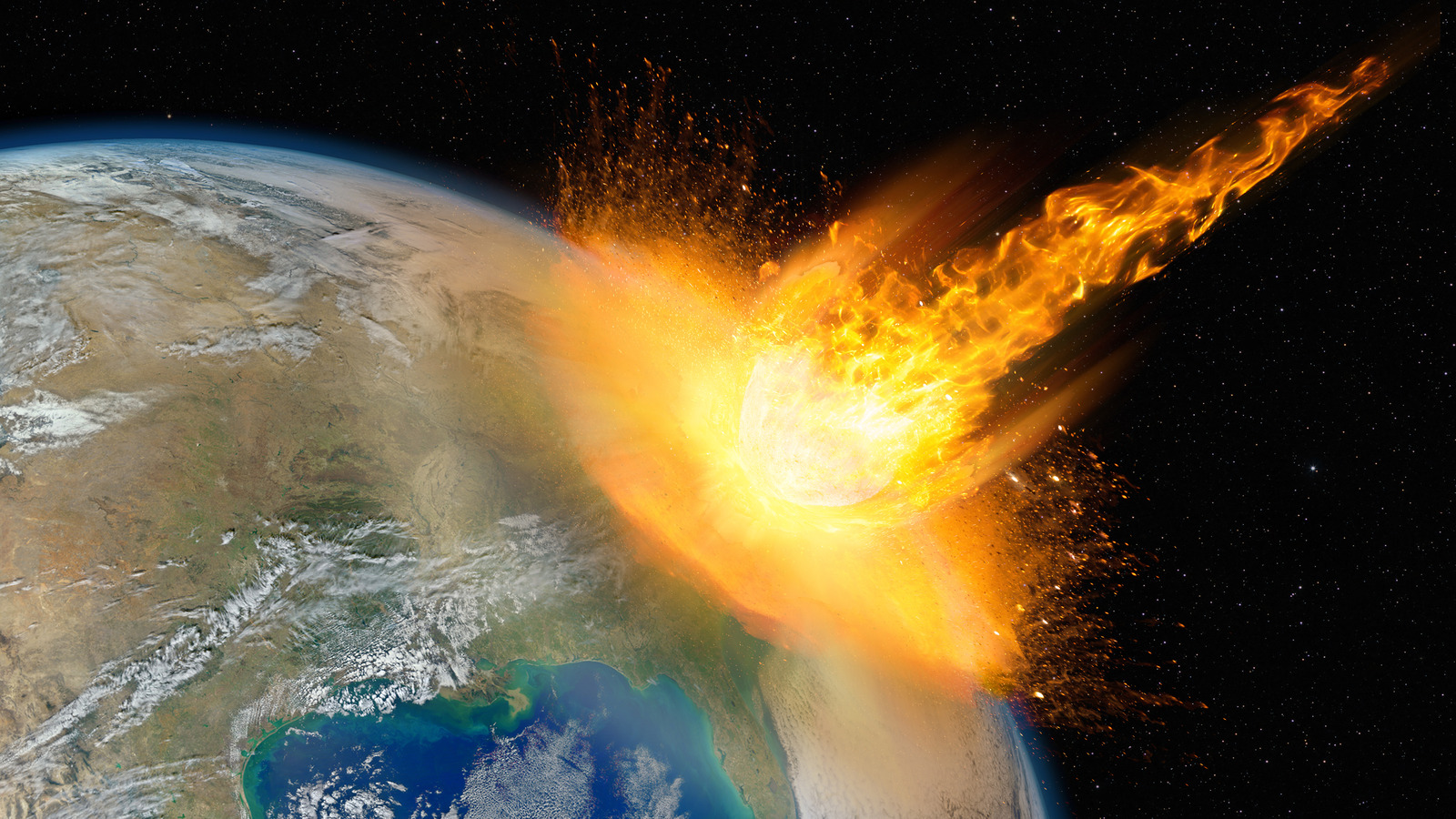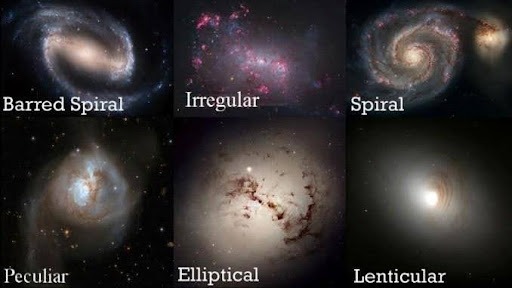An asteroid the size of a six-story skyscraper is nearing Earth, according to NASA
The fall equinox, the super full harvest moon, and the Epsilon-Perseid shooting star shower are just a few of the noteworthy occasions in September. But there are also other things going on around our globe, just like they do every month: a lot of asteroids are coming quite close to us. NASA keeps an eye on these cosmic objects, which are occasionally described as “potentially dangerous.” The focus of their attention is on one of them.
If an asteroid the size of a six-story skyscraper were to hit Earth moving at the speed of light
if an asteroid the size of a six-story skyscraper were moving at the speed of light, which is roughly 299,792,458 meters per second in a vacuum. It’s vital to note that, according to our current knowledge of physics, nothing with mass can travel at or faster than the speed of light because doing so would contradict Einstein’s theory of relativity.
The results would be devastating on a worldwide scale if we theoretically considered an item with mass moving at such an incredible speed:
- Energy Release: As an object moves faster, its kinetic energy rises sharply. When traveling at the speed of light, the energy unleashed upon contact would be unfathomable and would briefly outpace the Sun’s total energy output.
- Vaporization: If the asteroid hit, it would vaporize, releasing a tremendous amount of energy and wreaking havoc. The local area around the impact location would be completely destroyed.
- Mass extinction is anticipated to occur as a result of the energy released from such an impact. Fires, tsunamis, and widespread wildfires would result from the shockwave, heat, and radiation. Large volumes of dust and debris would be sent into the sky by the collision, possibly shutting out the sun for a while. The ensuing “impact winter” could destabilize ecosystems and cause food chains to break down, resulting in widespread extinction.
- Geological Consequences: The impact may also have important geological effects, including the formation of large craters, the startling of earthquakes, and changes to the crust of the Earth.
It is significant to highlight that the possibility of such an occurrence is quite low and that the specifics of the impact would have a significant impact on the amount of the damage. Near-Earth objects (NEOs) are actively watched by scientists and space organizations, and programs are in place to track and evaluate the danger of an impact. Additionally, efforts are being made to create strategies to divert or lessen the consequences of potentially dangerous asteroids, although this is still a difficult task.
Asteroids are small rocky or metallic objects in space that circle the Sun. They were created in the early phases of the evolution of the solar system by processes like accretion in the solar nebula, fragmentation of larger entities, and differentiation of parent bodies. While some asteroids are pieces from impacts, others are remains from the early solar system. They are of interest to scientists for researching the history of our solar system and determining potential impact hazards to Earth because of their diversity in size, composition, and location within the solar system.
Asteroids’ origins and properties have been better understood thanks to missions like NASA’s OSIRIS-REx and Japan’s Hayabusa2.
This asteroid is not classified as ‘possibly harmful.’
Thankfully, 2021 JA5 is not expected to pose a significant threat to our planet. For starters, it won’t pass within 5 million kilometers of Earth (unless NASA made a calculation error), and even if it did, a crash would only result in minimal damage. In contrast, NASA discovered an asteroid in July that was the size of the One Trade Center and had it collided, it may have caused catastrophic devastation.
An asteroid is deemed “potentially dangerous,” as the Space Agency warns us, when it is predicted to pass within 7.5 million kilometers of our Blue Planet and is larger than 150 meters. Only one of these conditions is met by 2021 JA5.


